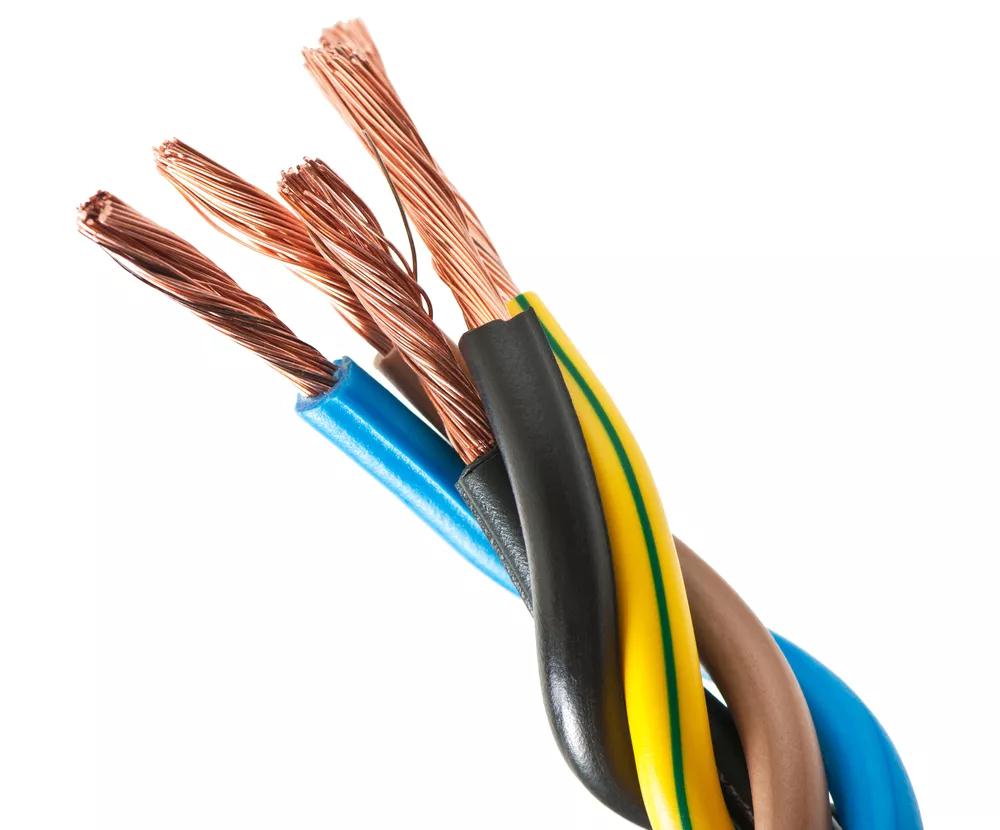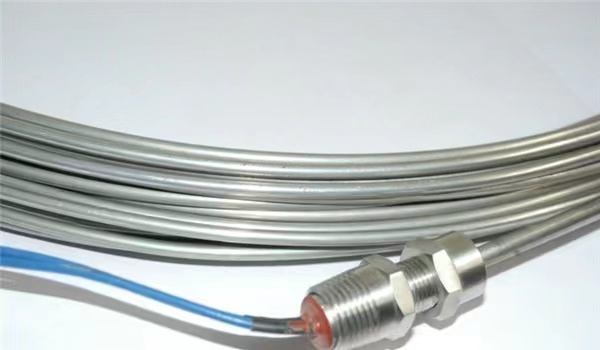
According to the cable market research report released by international market research institute TMR, the compound annual growth rate of the global cable market in 2018-2026 is close to 4.1 percent.
The cables in the report include low-voltage cables, medium-voltage cables, high-voltage cables and fiber optic cables, including energy cables and data cables mainly made of copper, aluminum and fiber.
By 2026, the global cable market will continue to be affected by a range of macroeconomic and industry-specific factors, the report said.The asia-pacific region is likely to remain at the forefront of global demand, with markets in the region growing at a compound annual rate of 4.8 per cent by 2026, above the global average.
The global demand for cables is directly dependent on the expansion of the industrial sector and infrastructure in power generation and transmission, telecommunications, residential and commercial sectors.Rapid urbanization and a growing global population have increased the demand for these industries, thus providing many opportunities for the global cable market.
The global cable market can be broadly segmented by type, material and application.In terms of type, the low-voltage power line and cable department is expected to occupy a major market share from 2018 to 2026.Urbanization promotes the expansion of transmission and distribution networks.
As well as the increase of residential and commercial buildings, which is a major factor contributing to the high share of this market segment.In addition, the growing demand for low-voltage wires in automotive electrical installations is another factor affecting their dominance over the entire forecast period.
In all types, however, due to its in telecom system, TV transmission and data network is increasing, the application of fiber optic cable section is expected to significantly compound annual growth rate of 6.1%.
Based on materials, the copper conductor as the main material of the cable occupies the dominant market share in 2017, and is expected to lead the wire and cable market in the forecast period.Excellent electrical conductivity and high ductility and tensile strength make copper a common material for wire and cable.In addition to high performance and durability, copper also has the ability to withstand stress, minimal wear, and requires less maintenance.As a result, copper conductors are expected to account for 64.3 per cent of the total cable market in 2026, despite high metal costs.

In terms of applications, residential and commercial buildings and power transmission and distribution accounted for 64.3 percent of the market share in 2017.Rapid urbanization, particularly in developing countries in the asia-pacific and the Middle East, is driving demand for power lines and cables in the residential and commercial construction and distribution industries.
In addition, the development of transmission and distribution has been further driven by the addition of effective government measures worldwide to improve existing transmission and distribution networks.
In terms of regional markets, the asia-pacific region dominated the global cable market in 2017, with China accounting for most of its revenue.The region's dominant position in the market due to its huge population base, the increasing of industrialization and urbanization.
The development of transmission and distribution network, the increase of renewable energy production, large-scale automobile production and government support the expansion or upgrade existing infrastructure.
For the country, China is expected to stay ahead of the region's power line and cable markets throughout the forecast period.The country has a large number of wire and cable manufacturers, more than double the output of the second largest wire and cable producer.In addition to China, countries including India, South Korea and Japan are also expected to make a significant contribution to the power line and cable market in the asia-pacific region.
The Indian market is expected to expand at a rapid compound annual growth rate of 5.1% during the forecast period.North America and Europe accounted for 34.2% of the market in 2017.Due to the relatively mature wire and cable markets in Europe and the United States, the market share is expected to decline slightly in the forecast period.